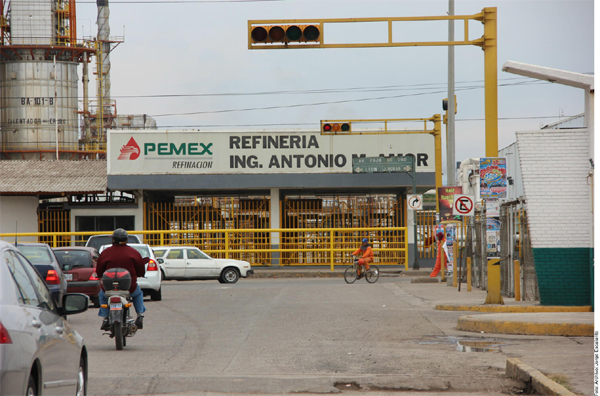
Sergio Meana, Kayla Meyertons and Dylan Chase, Argus
MEXICO CITY/HOUSTON
EnergiesNet.com 04 13 2022
Mexican state-owned Pemex’s overabundance of high sulphur fuel oil (HSFO) may not prove a good replacement for banned Russian fuel oil at US Gulf coast refineries, because of both cost and quality issues.
Russian Urals-derived M100 fuel oil regularly makes its way to US refiners as a coker feedstock. In February as much as 53pc of US Gulf coast fuel oil imports came from Russia, according to Vortexa, versus about 24pc from Mexico. In March Russian fuel oil imports rose to 71pc while Mexican imports shrank to only 5pc.
But with the US banning all Russian products and crude imports US refiners must look elsewhere to fill that need.
Pemex has a surplus of fuel oil, with its six domestic refineries producing more of it than any other product, even gasoline, in 2021, at 244,300 b/d. That is up by 39pc from 2020.
But despite this large supply relatively close at hand, more than 50pc of anticipated US Gulf April cargoes are expected to arrive from the Middle East, including countries such as Kuwait, Oman, Saudi Arabia and Iraq, according to Vortexa. Only 6pc, or 13,620 b/d, of April US Gulf coast imports will originate from Mexico, with the remaining 42pc outsourced from pre-ban Russian cargoes.
Mexican HSFO lost out to Russian M100 in the past because of Russian tax regime considerations that encouraged Russian companies to export large volumes of VGO and residual feedstocks, Robert Auers, consultant at Turner Mason and Company, told Argus.
Pemex HSFO generally also has lower yields of gasoline and gasoil, as Pemex’s fuel oil output has more than 0.5pc of sulphur, limiting its ability to place it in other markets or for shipping after the International Maritime Organization’s 2020 restrictions on marine fuel oil sulphur levels.
Besides the quality, Mexico’s geographic proximity appears to be offset by lower freight costs for Middle East shipments. Dirty tanker rates from the Mideast Gulf to the US Gulf coast for 280kt vessels have been 30pc lower on average since 14 March through 11 April, according to Argus assessments, with the Mideast-USGC rate as much as 53pc below the Mexico-USGC rate at $7.08/t versus $10.84/t on 25 March. As of 11 April, the Mideast-USGC rate was 18pc lower than the Mexico-USGC rate, as both increased up to $12.03/t and $14.19/t, respectively.
As a result of the ongoing freight disparity, the US Gulf coast may continue to seek Middle Eastern barrels in the near-term over Mexican feedstock to fulfill robust coker economics. This dynamic may shift as Russian pre-ban shipments finalize their arrivals up to 22 April, and the Gulf expands HSFO outlets.
argusmedia.com 04 12 2022












